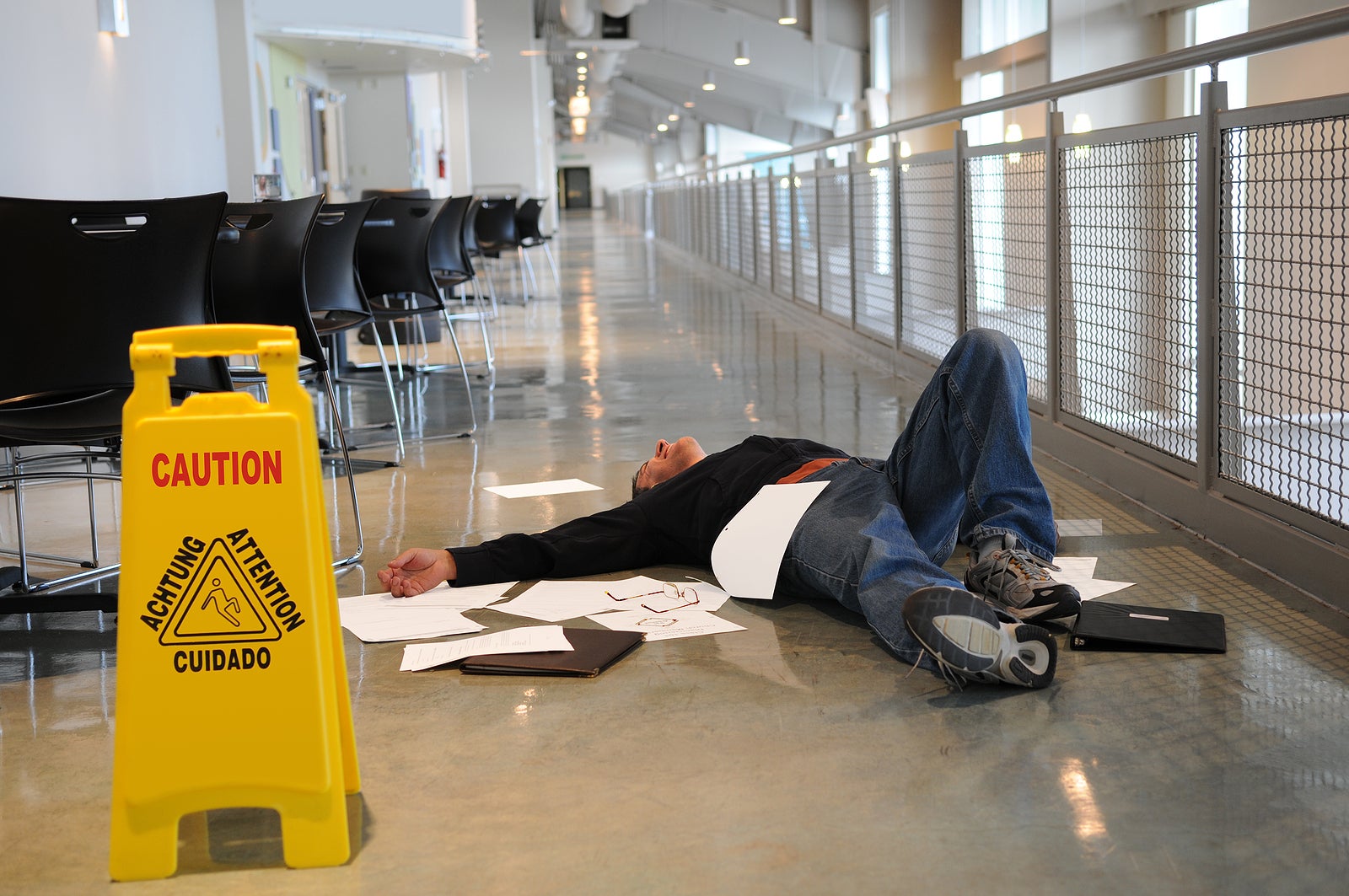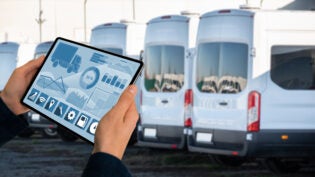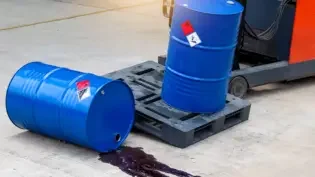Tips for Businesses to Prevent Falls on Their Property
By: Dan Coconate

Falls on business premises pose significant risks to customers and employees. Small business owners who neglect safety measures face potential liability issues, lawsuits, and costly insurance claims.
Taking proactive steps to prevent accidents protects everyone who visits your business property. A comprehensive fall prevention strategy reduces your legal exposure while demonstrating your commitment to safety.
Conduct Regular Inspections and Maintenance
Consistent property inspections are the first step to effective fall prevention. Walk through your walkways, parking lots, and entryways at least weekly to identify potential hazards before they cause accidents.
Address any cracks, potholes, or uneven surfaces immediately after discovery. Delaying repairs increases the likelihood of someone getting injured and creates documentation of your awareness of the problem.
Proper lighting prevents many evening and early morning accidents. Install adequate lighting in all pedestrian areas and replace burnt-out bulbs promptly to maintain visibility.
Implement Effective Slip and Fall Prevention Measures
Anti-slip coatings provide excellent protection on naturally slippery surfaces like tile, concrete, and metal. Apply these treatments and use rugs and floor coverings in high-traffic areas where moisture commonly accumulates.
Improperly secured floor coverings create tripping hazards, so place mats and rugs carefully. Ensure all mats lie flat and use non-slip backing materials.
Handrails on stairs and ramps offer crucial support for people with mobility challenges. Install sturdy railings based on local building codes and inspect them regularly for stability.
Implement Proper Signage and Training
Clear warning signage alerts visitors to potential dangers like wet floors, construction zones, or elevation changes. Post visible signage immediately when hazardous conditions develop.
Employee training creates an additional layer of protection for your business. Teach staff members to recognize common fall hazards and report any dangerous situations around your property.
Encourage employees to report potential hazards immediately rather than assuming someone else will handle the problem. Quick reporting promotes faster resolution and reduces accident risk.
Develop Winter Weather Preparedness Plans
Snow and ice removal plans are essential during winter months in colder climates. Establish clear protocols for when and how your team will clear walkways, parking areas, and building entrances.
Salt and de-icing agents help maintain safe walking surfaces when temperatures drop. Schedule times to apply these materials before ice forms for maximum effectiveness.
Designated areas for foot-wiping prevent customers from tracking moisture throughout your building, which becomes a slipping hazard. Place absorbent mats at entrances and replace them frequently during wet weather.
Protecting Your Business Through Prevention
Effective fall prevention requires ongoing attention and investment in safety measures. Following these steps and applying prevention measures minimizes falls and accidents on your business property.
Remember that injured employees and other parties can sue after a fall on your property if they believe negligence contributed to their accident. Documenting your safety efforts provides valuable protection if legal issues arise. Prioritizing fall prevention creates a safer environment for everyone while protecting your business from unnecessary liability risks.
46 Views












